People refer to any number of species in the Sphyraenidae family as a “barracuda.” Researchers recognize 28 different species in this group. The closest relatives to this family of fish include swordfish, marlin, tuna, mackerel, and more. Read on to learn about the barracuda.
Description of the Barracuda
Each of the different species has a slightly different appearance. Generally, they share a similar elongated body shape. All species have pointed heads, and the lower jaws of most species protrude in a slight underbite.
The largest individuals reach about five feet long, though some can exceed this size. However, the average size varies based on the species.
Interesting Facts About the Barracuda
These predatory fish have a number of traits and adaptations. Learn more about what makes them unique, below.
- Pike Like – This fish has an appearance quite similar to the freshwater pike. In fact, some fishermen believed these creatures closely related to the pike. Contrary to the similarity in shape, these two groups of fish share no close relatives.
- Lurking Swimmer – If you snorkel or dive in areas with this fish, you might spot one quietly lurking in open water. Some even slowly trail after divers. Despite their slow-moving appearance, this fish has a voracious appetite.
- Ambush Predator – These fish typically ambush their prey. They wait until an unsuspecting fish or squid swims too close and attack using a short burst of speed. Their mouths can open incredibly wide, allowing them to bite larger fish in half before swallowing.
- Ciguaterra – People in some regions eat these fish. However, eating some species can result in ciguatera poisoning. The predatory fish eats multiple tropical fish and bioaccumulates the ciguatoxin that they carry. Severe cases of this poisoning can result in death.
Habitat of the Barracuda
Different species in this family occupy different habitats. Some utilize a variety of habitats while others live and specialize in a specific ecosystem. Some of the different types of habitats that they live in include reefs, coastal waters, pelagic habitats, and other saltwater areas.
Distribution of the Barracuda
Again, each species has its own unique range and distribution. You can find some species across vast expanses while others live in just a small region. The various species live in tropical and subtropical seas across the globe. You can find them in the Atlantic and Pacific Ocean, as well as the Caribbean and Red Sea.
Diet of the Barracuda
The diet of these fish varies based on the species at hand and the size of the individual. Larger fish can hunt for larger prey. Typically, they hunt primarily for fish and squid. Some common prey items include herring, anchovy, mullet, sardine, grouper, snapper, and much more.
Barracuda and Human Interaction
Human interaction varies based on the species. In some regions, people eat these fish in large numbers, but with some larger species consuming their meat poses a significant danger of poisoning. The larger fish themselves can also pose a danger to swimmers and divers, particularly in murky waters.
Though uncommon, these fish do sometimes bite humans. The fish often tag along behind divers in hopes of eating any food scraps they leave behind. Some mistake shiny objects for the flashing scales of fish.
Domestication
Humans have not domesticated this fish in any way.
Does the Barracuda Make a Good Pet
No, you would not want to keep these creatures as pets. Some species reach large sizes, and all have predatory feeding habits. Additionally, maintaining saltwater aquariums includes high costs and time commitment.
Barracuda Care
Public aquariums often keep these fish in their collections, particularly the great barracuda. The large, imposing fish swim slowly and visitors can see them up close and personal. Educators teach the public more about these fish, including why they infrequently bite people.
Aquariums keep the fish in large tanks, often with other large, predatory fish. They feed them a diet of fish and squid, similar to what they might encounter in the wild.
Behavior of the Barracuda
Most of the various species have solitary adult lives. Sometimes juveniles and younger individuals congregate in larger numbers. They spend much of their time floating motionless in the water or swimming slowly in search of prey. Though they can reach swift speeds in bursts, they cannot maneuver well.
Reproduction of the Barracuda
Each of the various species has different reproductive habits and rates. When they breed, how many eggs they produce, and the length of time they take to reach maturity all vary based on the species at hand. However, all species breed via spawning. The female releases her eggs and the male fertilizes them outside of the body.
Beliefs, Superstitions, and Phobias About the Barracuda
Many people fear these fish, particularly the larger species. Though you should always respect any animal, particularly large, predatory animals, these fish do not seek out humans to bite nor see them as a food source. These bites happen uncommonly, and usually occur when waters are particularly murky, or the fish mistakes a shiny object, such as a piece of jewelry, as a fish.

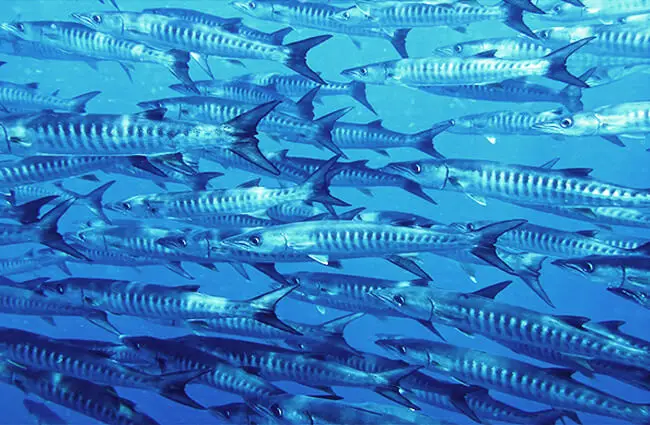
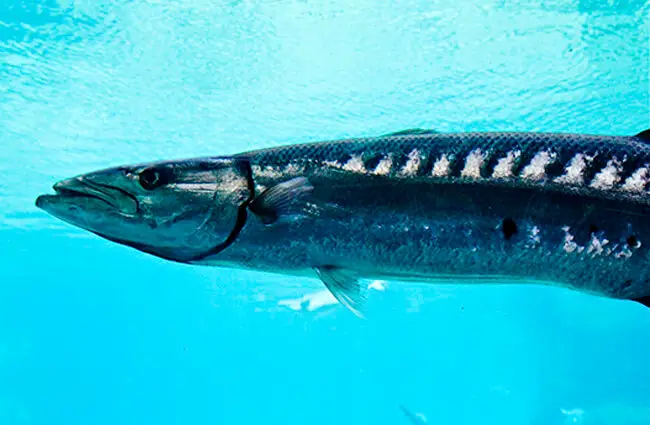

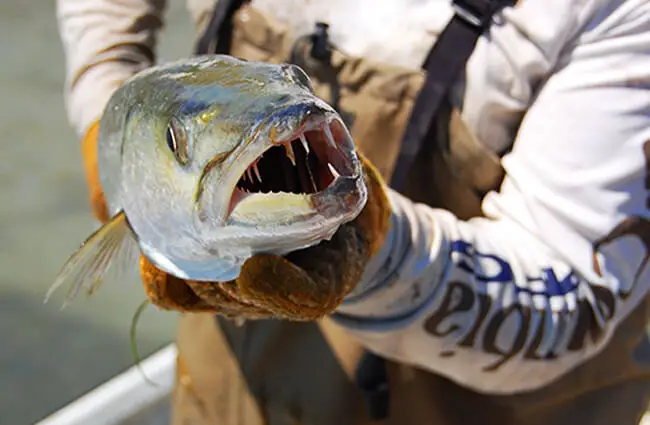
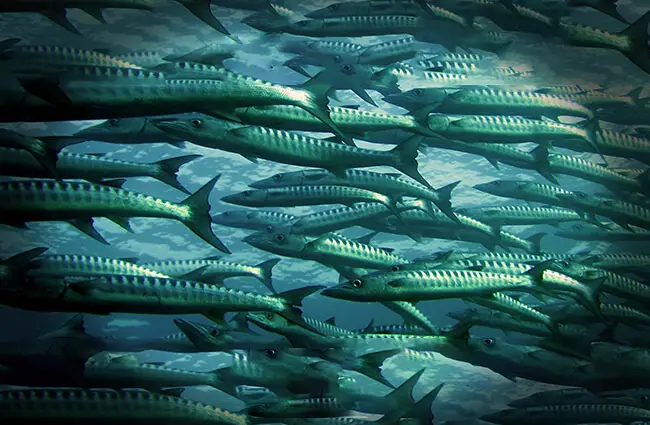
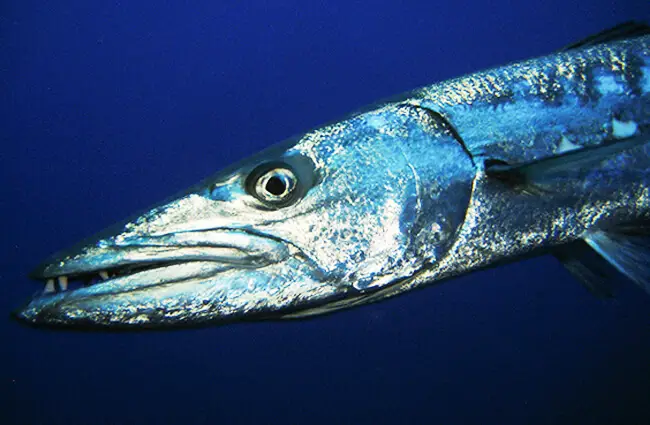
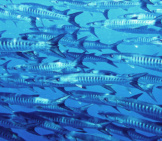

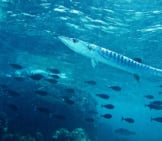
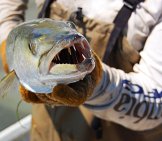

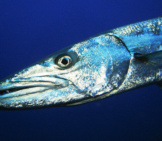
![Red Angus Closeup of a beautiful Red Angus cowPhoto by: U.S. Department of Agriculture [pubic domain]https://creativecommons.org/licenses/by/2.0/](https://animals.net/wp-content/uploads/2020/03/Red-Angus-4-238x178.jpg)












![Red Angus Closeup of a beautiful Red Angus cowPhoto by: U.S. Department of Agriculture [pubic domain]https://creativecommons.org/licenses/by/2.0/](https://animals.net/wp-content/uploads/2020/03/Red-Angus-4-100x75.jpg)

